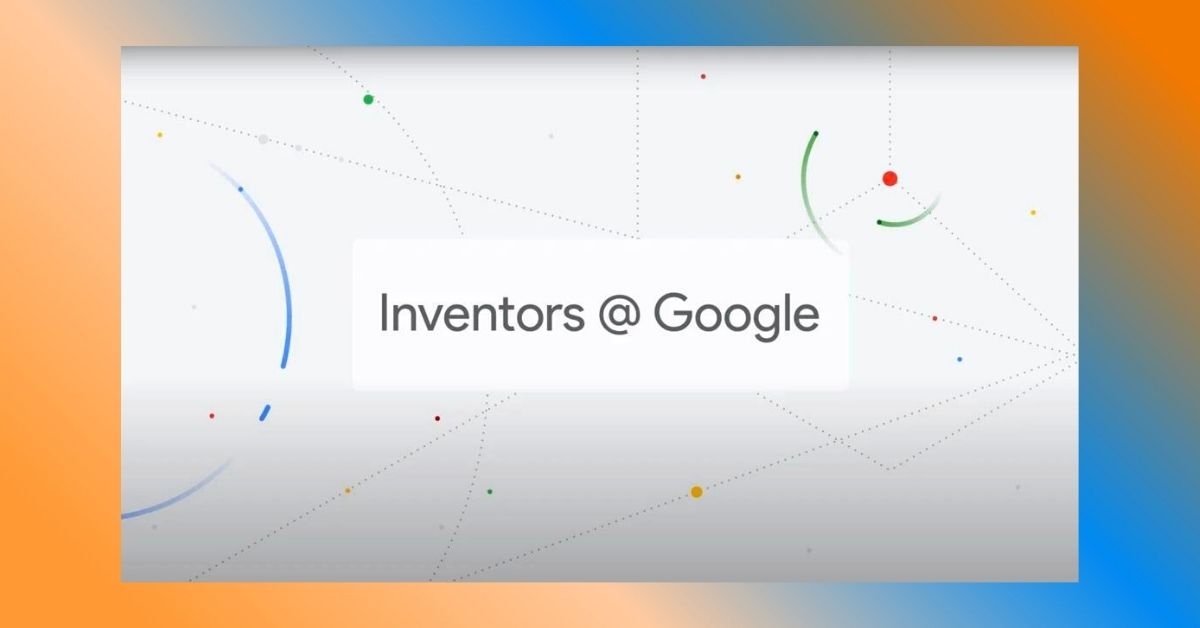Last Thursday, 11 November 2021 I was invited to attend a virtual press briefing hosted by Google with some of their top researchers present to talk about their innovative projects related to creating new tools to help people around the globe solve problems big and small, and to increase their knowledge, success, health, and happiness.
Project Relate

Neurological conditions like stroke, ALS, traumatic brain injury, and Parkinson’s Disease are some of the causes of speech impairments for many people worldwide, making them feel that being able to communicate and be understood is out of their reach.
Researchers at Google are developing a new application via Project Relate that uses machine learning to help people with speech impairments communicate via speech to text, speech to speech, and the ability to interact directly with the Google Assistant. An initial group of people is already testing a new Android app under this project.
As a continuation of years of research from both Google’s Speech and Research teams, Project Relate is made possible by over a million speech samples recorded by research participants. The app will use the recorded phrases to automatically learn how to better understand one’s unique speech patterns and give access to the app’s three main features: Listen, Repeat, and Assistant.
Google Health

A research collaboration being participated by Google Health, Imperial College London, Imperial College Healthcare NHS Trust, St. George’s Hospitals NHS Foundation Trust, and the Royal Surrey NHS Foundation Trust aims to evaluate the potential for Artificial Intelligence (AI)-enabled NHS breast screening to improve accuracy, safety, cost-effectiveness, and patient experience while demonstrating clinical acceptability and technical feasibility.
The next stage of the project will involve: (1) comparing the AI system to radiologists in a large historical population; (2) a large diagnostic study; and (3) small feasibility studies.
Flood Forecasting Initiative

As part of Google’s broader Crisis Response program aimed at providing people access to trusted information and resources during critical moments, the company started a Flood Forecasting Initiative in 2018. The program, piloted in India and Bangladesh, helps combat catastrophic damage from floods each year by equipping those in harm’s way with detailed and accurate alerts. This year, the operational systems were further expanded to cover an area with over 360 million people. Through better flood prediction technology, the system sent out over 115 million alerts — triple the amount they previously sent out.
Most global flood alerts only provide information on how much a river will rise (say, 30 cm), which doesn’t always mean people can know what that would mean for them and their village. Google’s flood alerts display inundation maps, which show the extent and depth of flooding right on top of Google Maps, so people can visualize this critical information more easily.
Recently, the company launched the Google Flood Hub to make this flood data even more hyper-local. It allows users to zoom into Google’s inundation maps where one can find information about the same flood, and focus on highly specific areas, such as a village. The Flood Hub provides the same depth and flood extent information in a more visual format that helps people to understand the current and forecasted flood situation in their area instantly. This site aims to be the primary resource for local visual forecast information moving forward.
Sella Nevo, Google Software Engineer for Flood Forecasting shared that they are working to expand these life-saving alerts to countries in South Asia, including the Philippines as they are currently coordinating with various local government agencies for its pilot run.
Pet Portraits

Pet Portrait, found in the Google Arts & Culture app, is the company’s approach for people to enjoy experiencing art interactively. The app will help you find your pet’s doppelgänger from thousands of artworks, thanks to Machine Learning.
Your animal companion could be matched with ancient Egyptian figurines, vibrant Mexican street art, serene Chinese watercolors, and more. Just open the rainbow camera tab in the free Google Arts & Culture app for Android and iOS to get started and find out if your pet’s look-alikes are as fun as some of our favorite animal companions and their matches:
When you take a photo in Pet Portraits, Google’s trained computer vision algorithm recognizes where your pet is, crops the image, and puts them where they belong: front and center. Once that is done, a machine learning algorithm matches your pet’s photo with tens of thousands of artworks from the collections of Google partners to find the ones that look most similar.
Quantum Computing Research

The virtual press event concluded with a virtual tour of the Google Quantum AI Campus, which I previously had visited (virtually) last September 2021.
Dr. Erik Lucero, Lead Engineer at Google Quantum AI, talked about how his team aims at building a useful, error-corrected quantum computer. They are building solutions for some of the planet’s most pressing problems to include sustainable energy and reduced emissions to feed the world’s ever-growing population and to unlock new scientific discoveries like a more helpful Artificial Intelligence (AI).


